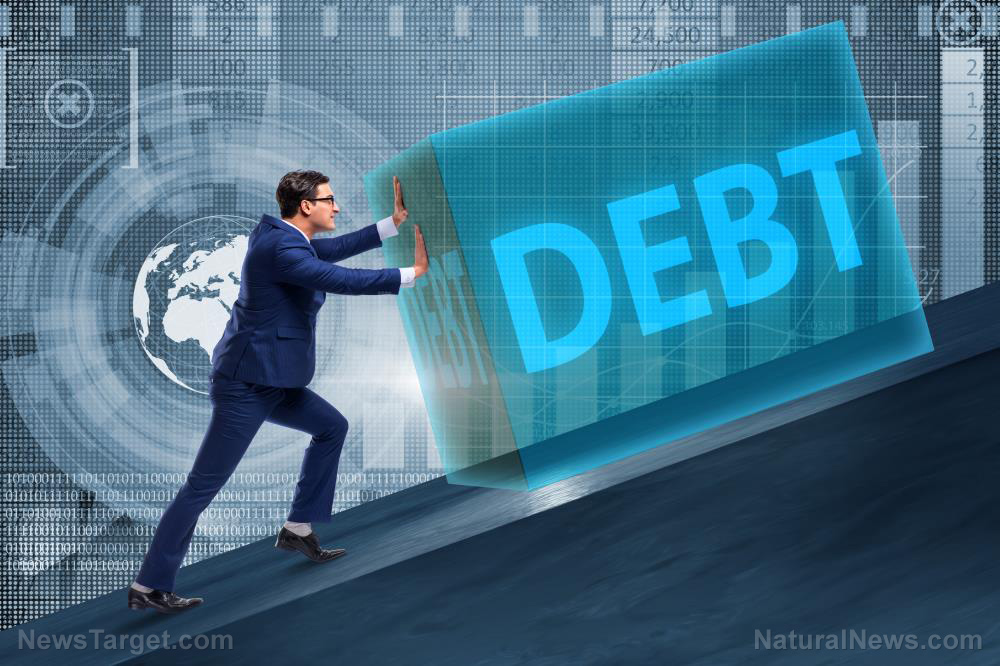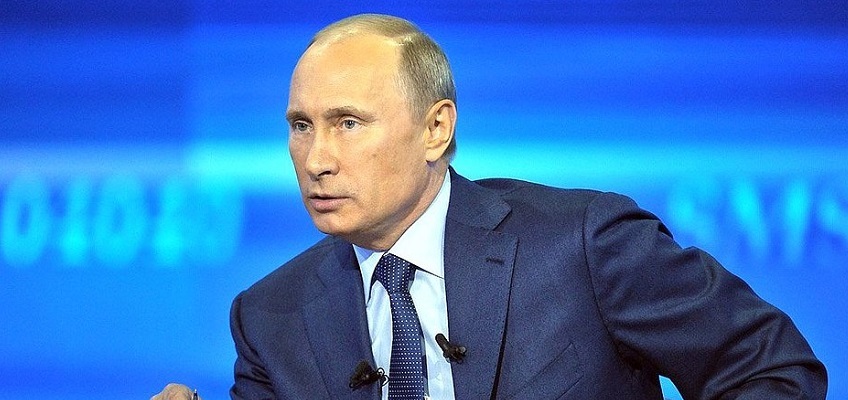
The collective American debt was at $16.15 trillion through the end of June for a $312 billion or two percent increase from the previous quarter. Debt gains were widespread but were partially focused on mortgages and vehicle payments.
"Americans are borrowing more, but a big part of the increased borrowing is attributable to higher prices," a New York Fed said in their blog post accompanying the release.
Mortgage balances rose 1.9 percent for the quarter, amounting to $207 billion despite the pace of originations moving lower. This annual increase marked a 9.1 percent gain from the previous year when home prices exploded during the pandemic.
Credit card balances surged $46 billion in the three months and 13 percent over the past year, which Fed researchers said was its largest gain in over 20 years. Non-housing credit balances also increased 2.4 percent from the first quarter, which is its biggest gain since 2016.
Student loan debt didn't change much and stayed at $1.59 trillion.
This increase in borrowing comes as inflation continues to rise at an 8.6 percent annual rate in the second quarter. This included a 9.1 percent increase in June alone – the biggest since November 1981, as per the Bureau of Labor Statistics.
Shelter inflation, meanwhile, rose to 5.5 percent annual rate in June, while new and used vehicle prices increased to 11.4 and 7.1 percent, respectively.
The Fed has already raised interest rates four times in 2022 in response to the inflation levels. The increases have totaled 2.23 percentage points, pushing up 30-year mortgage rates to 5.21 percent, up more than two percentage points from the beginning of the year. (Related: U.S. headed for "unprecedented housing crisis" as mass evictions loom.)
Millions of Americans are living paycheck-to-paycheck
There are around 125 million people living paycheck-to-paycheck in the United States, which translates to 54 percent of the U.S. adult population. With food and gas prices surging higher, the Fed's move to bring down inflation by raising interest rates means higher interests on credit cards – at a time when families need them to pay the bills.
Danny Kofke, an author and motivational mentor with financial education company Mentoro, said the numbers indicate people need financial wellness. Kofke believes that the higher prices are forcing Americans to borrow more money, but using credit cards puts consumers deeper into the borrowing hole.
According to him, someone who racks up $5,000 on a credit card could pay 1.25 percent on the balance with an 18 percent interest rate. "By the time you're done paying off that $5,000 debt, it will cost you over $12,000 and take you over 22 years, not months, to pay it off." (Related: Here it comes: All signs point to Housing Bubble 2.0 amid widening price, income gap.)
This example shows how people don't consider the total cost beyond minimum payment, which explains why credit card balances surged by the largest amounts in 20 years.
To bring down monthly costs, some families are stretching their money at the Dollar Store.
"It's convenience. And it is a lot cheaper than going to the regular grocery store. Not all the food there is great, but it's definitely better than not having anything," a struggling consumer said.
Visit Collapse.news for more updates about the inflation and struggling U.S. economy.
Watch the video below for more information about how the economic downturn is going to affect consumers.
This video is from the Bull Boom - Bear Bust channel on Brighteon.com.
More related stories:
Average rent prices in the US surpass $2,000 amid inflation and rising mortgage interest rates.
Thanks to inflation and food shortages, many people are barely able to afford even one meal per day.
Survey: Americans have changed their spending and eating habits to cope with Biden’s inflation.
Sources include:
Please contact us for more information.




















